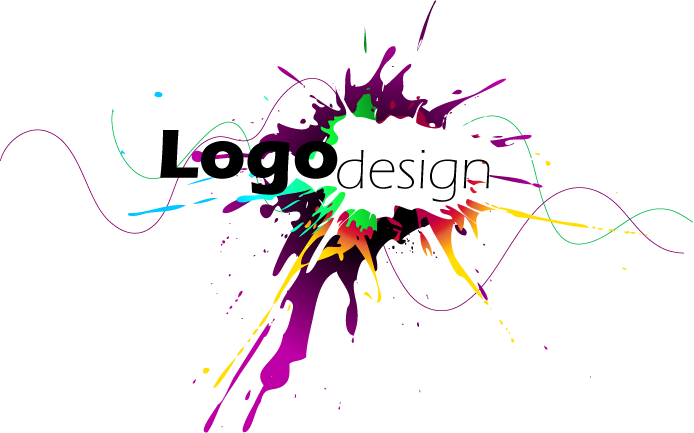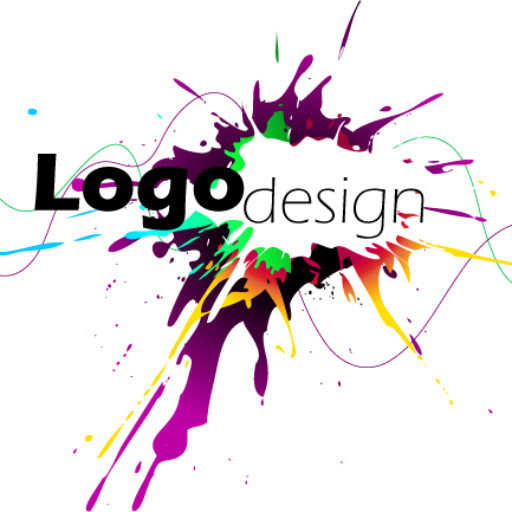When it comes to your online presence, the only thing that makes your business “real” to people is your brand image. People form perceptions of your entire business based on how it looks, sounds, and feels—that is, based on the emotions your business evokes in them.
So, building your brand is one of the most important things you will do. Your brand image is the foundation on which all your online activities will be built. It also serves as a guide for your marketing communications, customer support, and more.
You’ll build your website, create social media content, and differentiate yourself from your competitors with your brand image. Much of your marketing success depends on the brand you create.
If you are starting to create a brand from scratch, then this post will help you. You’ll look at mind mapping as a tool to help you turn your ideas and goals into a tangible brand.
Why use mental mapping to create a brand?
When you first start building your brand, you are essentially brainstorming. The mind map offers a framework for organizing all your ideas and creating a clear brand image. You can also use it to brainstorm next steps you can take to implement these ideas.
Mind mapping is also a flexible tool and process. You can use it at several stages of your brand creation process and thoroughly explore all your ideas.
You can intuitively create mind maps using written text, objects, and arrows. The following sections will combine brainstorming your brand with a mind mapping process to gather all the information needed to create a cohesive brand identity.
Start with a basic concept
At the center of any mental map is the main theme. For these purposes, you can write ‘Our Company Brand’ as the central theme. At this point, you probably have a few ideas floating around in your brain.
When it comes to creating your brand, you can start with a common core theme – defining what you want your entire brand to look like. But in many cases, companies already have a brand name and can make the company name the central theme from which other brand elements emerge.
Another approach is to make your main theme “Emotions” reflect the emotions you want to evoke in your brand. With this “trick” you will immediately identify important values and feelings and even come up with a tone for your communication.
Creating Child Concepts
Once you decide on your main topic, your next step will be intuitive. Going off topic, what elements or features of your brand image do you need to include to create a cohesive brand?
These features or elements are child concepts or sub-themes of the main theme – your brand image. Here are some of the common features you may encounter:
- Logo
- Corporate colors
- Visual styles for graphics and photos
- Fonts
- Voice and tone on social media and other communication channels
- Emotions you want to associate with your brand
Remember, this is a brainstorming session using shapes and text. Don’t focus on finding all the right elements or the right solution.
Let the mental map form on its own. You can find a logical and meaningful brand image by including as much information as possible at this stage.
Once you have created the child concepts, you can continue the process of adding more details. It’s a good idea to include notes or create subtopics within child themes. For example, if one of your child concepts is ‘Color’, then it might have subtopics such as ‘Warm’ or ‘Monochrome’.
Once you complete this step, edit the map and create the final version of your brand mind map.
Here’s a helpful quick tip: Use mapping tools to create a cleaner version of what you made by hand. Additionally, use AI-powered brand identification tools or a name generator like Nameboy to inform this process. Such tools added sources of creative ideas.
Try reverse mental mapping
Another way to approach building your brand is to use reverse mental mapping. This is a great team activity and, as the name suggests, is the flip side of the mind mapping technique you just covered. Here are the basic steps of reverse mind mapping involved in creating a powerful brand.
Brainstorm all your ideas
Instead of starting with a central concept and expanding from there, allow as many ideas as possible to appear on the board or piece of paper. Don’t get too hung up on filling out certain categories, as that’s the next step. By recording everything from colors, competitor examples, and themes to your customer personalities, you’ll create a data set from which you can move on to the next step.
Creating categories
Once you have as many ideas as possible, start organizing them into categories that make sense. As you do this, you may find that some items fall into more than one category or that some ideas stand out.
Just take note of them and categorize the rest. You can put ideas like “Trust” and “Authenticity” in the Emotion category, and words like “Leaf” or “Green” in the Logo or Theme category.
Find the big idea
Once you’ve created a few categories, you can discard the ideas that clearly don’t work and highlight the ones you want to use. Based on categories, notes, and current discussions, formulate a “big idea” about your brand.
This is where you finalize the final and cohesive brand or persona for your business.
Conclusion
Mental mapping is a great way to think through your brand image in a structured yet flexible way. By working with the ideas here, you will be able to create a great brand for your business while also covering a number of important elements such as your logo, the main emotions you want to evoke, and the color scheme for your business.





